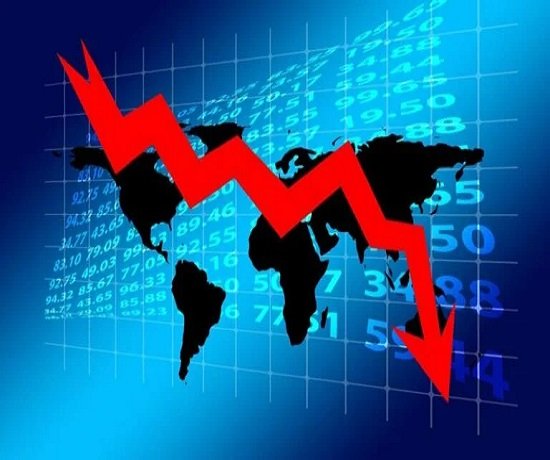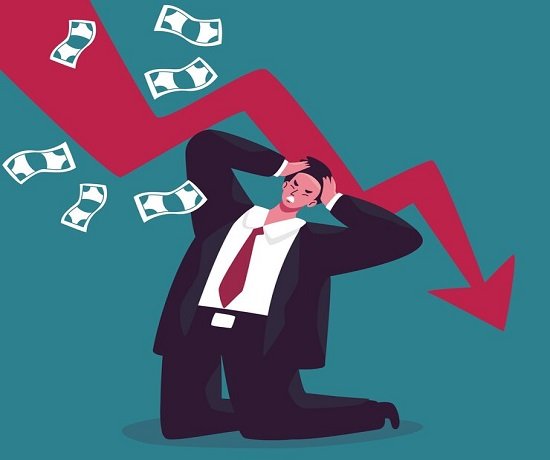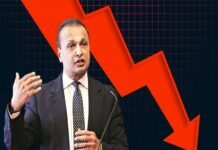
Introduction:
India, the world’s fifth-largest economy, has been a hub of rapid growth for years. However, in recent times, the Indian economy has faced a notable slowdown.
This trend is raising concerns among policymakers, businesses, and citizens alike. Let’s investigate the causes of this slowdown and its implications for the future.
Once praised as the fastest-growing among major economies, India’s economy is witnessing a significant dip in growth rates. From strong GDP growth of 8% a few years ago, it has now fallen to around 6% or lower in some quarters.
This slowdown can be attributed to a combination of domestic challenges and global economic challenges. Understanding the reasons behind this trend is crucial in developing effective policy responses and identifying the recovery’s direction.
Key Factors Behind the Slowdown
1. Weak Consumer Demand
- The decline in rural incomes: A series of poor agricultural seasons and low crop prices have reduced the purchasing power of rural households.
- High unemployment: A lack of job opportunities, especially for youth, has reduced consumer confidence and spending.
2. Stress in the Banking Sector
- Non-Performing Assets (NPAs): Indian banks have been struggling with high levels of NPAs, limiting their ability to extend credit.
- Shadow banking crisis: The collapse of major non-banking financial companies (NBFCs) has reduced credit availability, especially for small businesses and consumers.
3. Declining Private Investment
- Due to policy uncertainty, a challenging regulatory environment, and weak demand, businesses have been unwilling to invest.
- Stalled infrastructure projects and delays in approvals further discourage private-sector participation.
4. Global Economic Challenges
- Geopolitical tensions: Trade wars, the Russia-Ukraine conflict, and disruptions in global supply chains have impacted exports.
- Rising commodity prices: The increase in oil and raw material costs has added to inflationary pressures, affecting growth.
5. Structural Issues
- Inefficiencies in governance: Delays in implementing critical reforms have prevented productivity and innovation.
- Skilled labor mismatch: While India has a large workforce, gaps in skills and education limit their employability in emerging industries.

Impact of the Slowdown
Economic Consequences
- Lower GDP growth: A slowdown impacts overall economic output, reducing the pace of wealth generation.
- Increased fiscal deficit: With slower growth, tax revenues decline, making it harder for the government to balance its budget.
Social Consequences
- Rising inequality: Economic slowdown In proportion affects lower-income groups, making the wealth gap worse.
- Pressure on public services: With limited resources, spending on health, education, and infrastructure may be compromised.
Steps to Revive Growth
1. Boosting Consumer Demand
- Increase rural income through better crop pricing and direct income support schemes.
- Provide tax relief to middle-class households to enhance disposable income.
2. Strengthening the Banking Sector
- Expedite the resolution of bad loans through frameworks like the Insolvency and Bankruptcy Code (IBC).
- Bring in money into public sector banks to improve their lending capacity.
3. Encouraging Private Investment
- Simplify regulatory processes and enhance ease of doing business.
- Focus on public-private partnerships (PPPs) in infrastructure development.
4. Addressing Structural Challenges
- Implement education and skill development programs aligned with industry needs.
- Accelerate digital transformation and innovation through supportive policies.
Conclusion
While the Indian economy faces significant challenges, it also holds immense potential. Policymakers must adopt a multi-pronged strategy to address both immediate concerns and long-term structural issues.
With the right mix of reforms, investments, and governance, India can reclaim its position as a global economic powerhouse. The journey to recovery may be challenging, but with commitment and prompt action, sustainable growth is achievable.









































